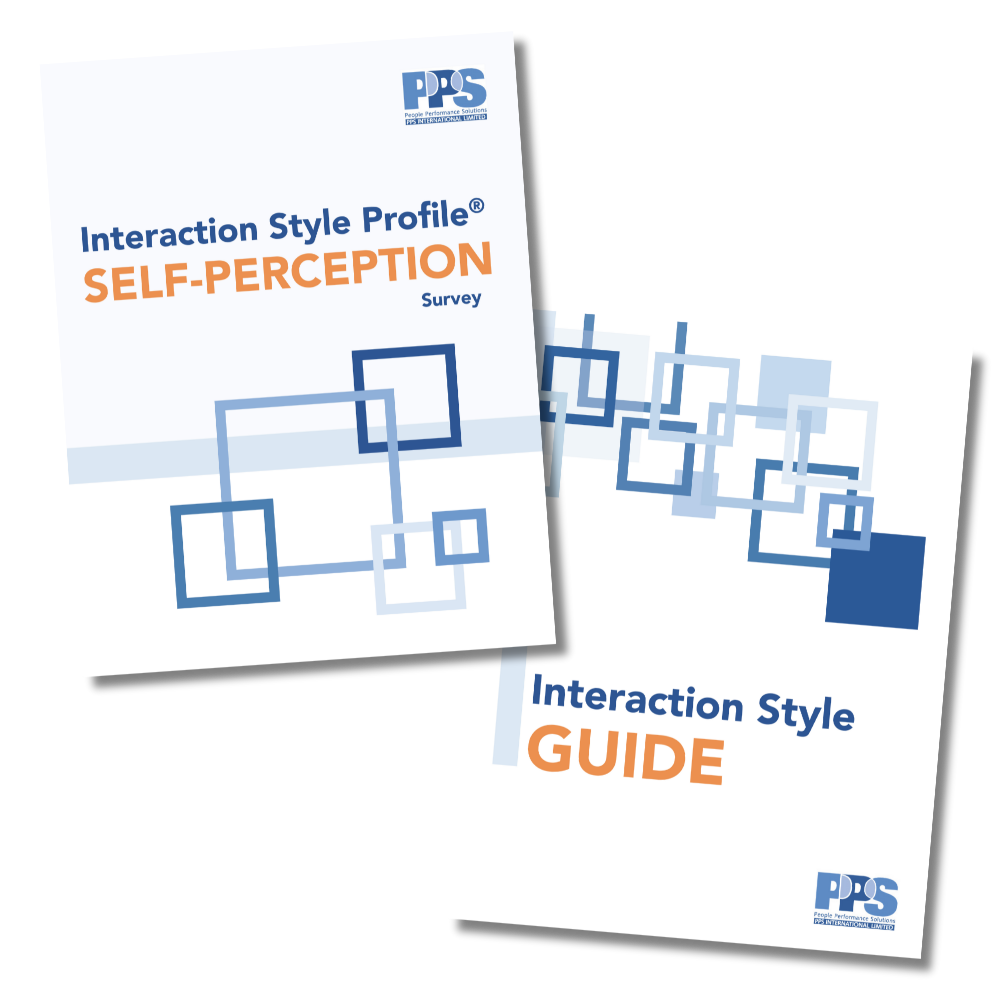Interaction
Styles
Seventy-five percent of the people with whom we deal have preferences different from our own.
Because of these differences, it's important to be flexible and tailor our approach so that others are more open to listen and accept ideas. Being influential is especially important in critical business situations, such as during the sales process, working to solve problems, introducing new members to a team, handling conflict, asking for support and providing customer service. When you can spot cues and subtle differences in the way people behave, you can more effectively communicate with and partner with senior leaders, team members, employees, peers and customers.
Originally developed by Lockwood Leadership International and later refined by PPS International Limited, Interaction Styles have been used for more than 30 years around the world by organizations large and small. Profiles are available in hard copy in multiple languages and online through the SOLO IS platform. Each includes specific guidance on recognizing others’ styles and adapting behaviors in order to be more influential.

Buy Interaction Style Self-Profiles®
and Tools
Interaction Style Self-Profiles and Guidebook Sets are paper-based, easy to implement and coordinate completion, and provide insight to preferred Interaction Style and level of Interpersonal Acumen (sometimes considered flexibility).
They include specific guidance on recognizing others’ styles and adapting behaviors in order to be more influential. They can be used as part of PPS International Limited’s Interaction Styles In Action, Influencing for Results program or integrated into other developmental initiatives by corporate trainers and talent development professionals.
In addition to the self-profiles, Interaction Styles can be identified using our online SOLO IS inventory and supported with tools such as style recognition skill cards.
When you use knowledge about Interaction Styles, you can better…
- Recognize your own preferences and behaviors and use them to play on your strengths.
- Plan critical business situations such as sales calls and customer meetings before they occur.
- Increase your chance at successful influencing by tailoring your approach to the preferences of others.
- Manage interpersonal tension by behaviorally flexing.
People who benefit from Interaction Styles include…
- Individual contributors who have a need to work in project teams.
- Supervisors who lead diverse teams of individuals, often with large spans of control.
- Managers who deal with internal and external stakeholders to manage functions and businesses.
- Sales Representatives and Account Managers who must quickly build rapport and influence others.
- Human Resource Professionals who act as internal consultants on change initiatives.
- Anyone who needs to more effectively communicate and influence others, who may have different ways of working than themselves.
You and your employees may need to know more about Interaction Styles if…
- Individual differences get in the way of being completely productive.
- Rapport is missing between leaders and customers, employees, peers and managers.
- The way in which messages are delivered often result in an unfavorable outcome.
- Team members and leaders miss opportunities to capitalize on employee strengths because they may not recognize them.
